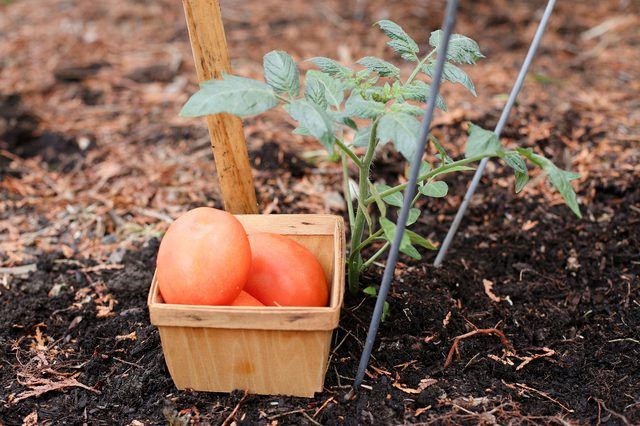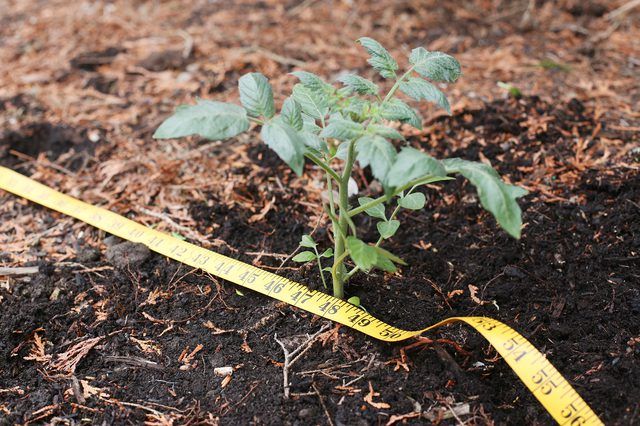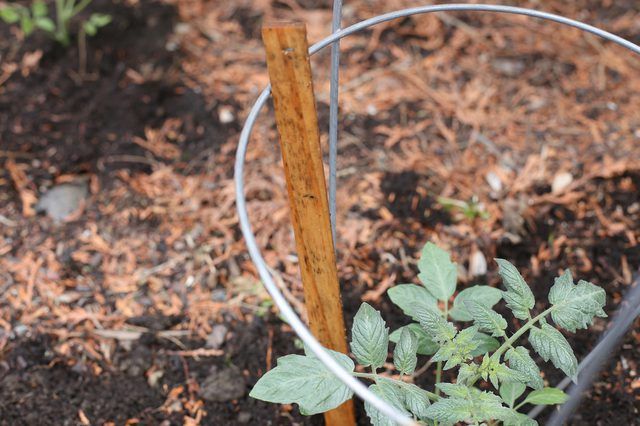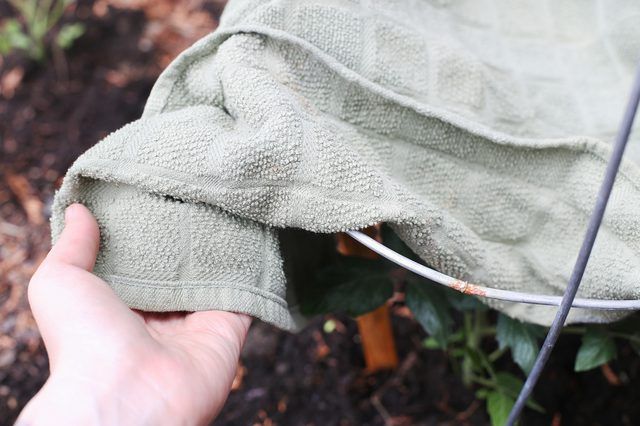Bulbs
Flower Basics
Flower Beds & Specialty Gardens
Flower Garden
Garden Furniture
Garden Gnomes
Garden Seeds
Garden Sheds
Garden Statues
Garden Tools & Supplies
Gardening Basics
Green & Organic
Groundcovers & Vines
Growing Annuals
Growing Basil
Growing Beans
Growing Berries
Growing Blueberries
Growing Cactus
Growing Corn
Growing Cotton
Growing Edibles
Growing Flowers
Growing Garlic
Growing Grapes
Growing Grass
Growing Herbs
Growing Jasmine
Growing Mint
Growing Mushrooms
Orchids
Growing Peanuts
Growing Perennials
Growing Plants
Growing Rosemary
Growing Roses
Growing Strawberries
Growing Sunflowers
Growing Thyme
Growing Tomatoes
Growing Tulips
Growing Vegetables
Herb Basics
Herb Garden
Indoor Growing
Landscaping Basics
Landscaping Patios
Landscaping Plants
Landscaping Shrubs
Landscaping Trees
Landscaping Walks & Pathways
Lawn Basics
Lawn Maintenance
Lawn Mowers
Lawn Ornaments
Lawn Planting
Lawn Tools
Outdoor Growing
Overall Landscape Planning
Pests, Weeds & Problems
Plant Basics
Rock Garden
Rose Garden
Shrubs
Soil
Specialty Gardens
Trees
Vegetable Garden
Yard Maintenance
How to Properly Use Tomato Cages
How to Properly Use Tomato Cages. Tomato (Solanum lycopersicum) plants allowed to sprawl on the ground are susceptible to disease and produce a significantly lower yield than caged plants. Placing tomato cages at the proper distance, matching them to the height of the tomato variety you're growing, and staking them so they don't fall over protects...
Tomato (Solanum lycopersicum) plants allowed to sprawl on the ground are susceptible to disease and produce a significantly lower yield than caged plants. Placing tomato cages at the proper distance, matching them to the height of the tomato variety you're growing, and staking them so they don't fall over protects tomato plants from pests and makes getting to the harvest much easier.

Because tomato plants grow outward as well as upward, their spacing is important and depends on how much the variety spreads. For example, if plants spreads three feet, allow four feet between plants and five feet between rows. This permits air circulation between caged plants, which lowers the risk of disease, allows space to walk between rows, and makes fruit accessible for harvest.

Match the cage height to the mature height of the tomato plants. Determinate varieties grow to about 5 feet and should be used with a cage at least 5 feet tall after staked into the ground. Indeterminate vines grow to 6 feet or more and their vines will bend and break if not supported. You can stack two cages and secure them together with wire for taller varieties, but keep in mind that unless you are 7 feet tall youíll need to use a ladder to harvest the higher fruit. Indeterminate vines can be wound around a shorter cage, but the amount of work youíll have to do to free the cage from the vine at the end of the season often makes this method unappealing.

Place the cage over the tomato seedling as soon as it is established and no later than when itís 12 inches tall. Use caution to not spear leaves or damage roots when pushing the legs on the cage into the ground to hold it in place. Level the cage as much as possible, so the top is horizontal, to keep the weight of a fruiting plant from tipping it over. Using a cage on flat ground will keep it from falling over, but if the ground where you are growing your tomato plants is uneven, or on a slight incline, secure it with a stake on the high side. As the plant grows, guide its stems out through the openings in the cage so when the fruit sets it will have support. Keep in mind the taller the plant, the more fruit it produces and the more it weighs. So choose sturdier cages for taller tomato varieties.

Some cages, such as wire mesh cages, do not have built-in legs to stake the cage to the ground. Remove the bottom horizontal wire by snipping it off with wire cutters or hammer a large wooden stake or steel T-post into the ground inside the cage; tie the cage to the stake with twine or wire. Secure it at the top and at the bottom. If you are growing tomatoes in a windy location, you may also want to stake cages with built-in feet for added protection. A cage that falls over can break the main stem of the tomato and kill the plant.

When frost threatens, extend your growing season by wrapping tomato cages with a frost blanket. Loosely drape the blanket over the tomato plant, including the cage, and ensure no gaps exist to allow cold air. Make sure the blanket reaches all the way to the ground so it traps the Earth's heat and channels it upward to keep the plant warm. Hold the blanket in place by pushing several garden staples through it into the soil or by placing heavy rocks on it.
